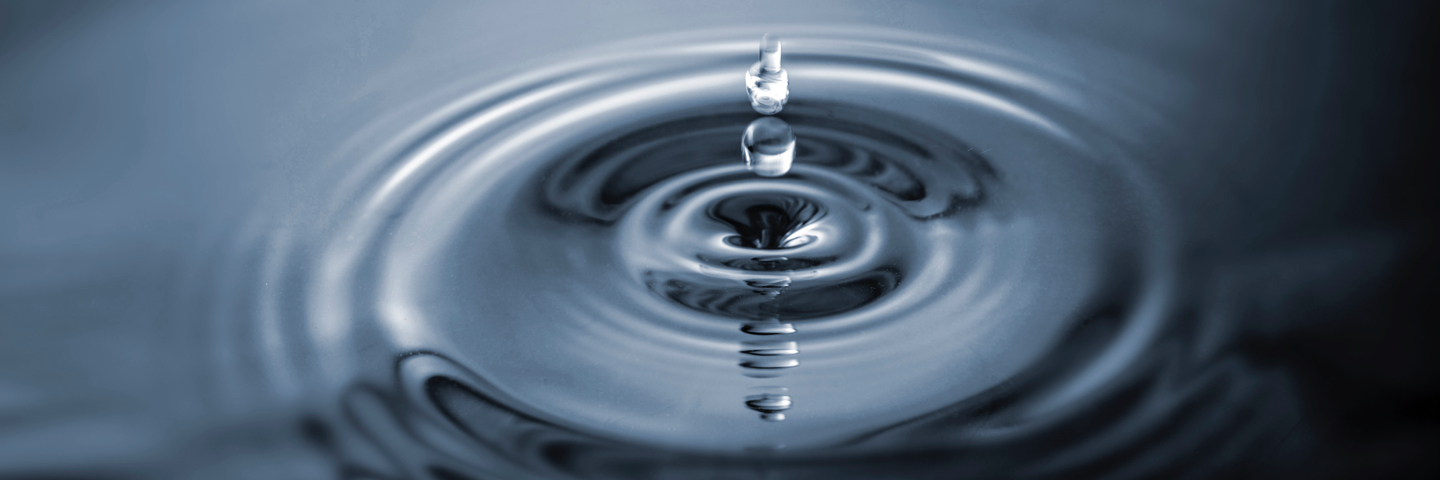Discoloured water
The water in your tap should appear as clear and colourless as it does leaving the water treatment plant. If your tap water is brown or discoloured, this guide will help you find the cause.
How to clear discoloured water
If your tap water is brown or discoloured, run the cold water tap in the kitchen for a few minutes. Doing this usually clears any unusual colour. If that doesn't work, contact us on 1800 278 278 and we'll investigate.
Brown or orange water
Some of the mains pipes in our network are made of cast iron and are up to 100 years old. Sediment from these old pipes can enter the water as it passes through them. The sediment can cause your water to appear brown or orange.
Sediment can be disturbed by changes to water flow, direction or pressure. This often happens during repair or maintenance work. That's why when there are works in your area you're more likely to get brown or orange coloured water.
How do we prevent brown or orange water
We flush the water mains regularly to stop sediment build-up. We're also replacing the old cast iron pipes as part of a mains rehabilitation programme.
Is it safe to drink?
If your water suddenly looks orange or brown, run your tap for a few minutes to see if it returns to a clear colour. If this doesn't work, contact us on 1800 278 278 and we'll investigate it. You shouldn't drink the water until we have looked into it.
Cloudy or white water
If your tap water looks white or cloudy, it could be caused by air bubbles or limescale. Do this simple test to see what's causing it.
-
Fill a glass of water from the cold tap in the kitchen of your home
- Leave it to stand for a few minutes
- Then check it to see if the water is clearing downwards or upwards
Clearing upwards? It's air bubbles.
If the water clears from the bottom of the glass upwards then air bubbles are causing the cloudiness. The bubbles clear as they rise upwards from the bottom of the glass.
Clearing downwards? It's limescale.
If the water clears from the top of the glass downwards, the cloudiness or white colour may be due to limescale from hard water.
Is it safe to drink?
Hard water and air bubbles don't affect the quality of your drinking water. If the colour of your water clears after a few minutes, the water is safe to drink. If it's limescale, check to see how to prevent the build-up of limescale caused by hard water. If the white or cloudy appearance doesn't clear, contact us on 1800 278 278 and we'll investigate it.
Black colour or black specks in your water
Is your tap water black or does it have black particles in it? There are a couple of possible reasons.
Water filter jugs
The filters in water jugs can contain activated carbon that can leak black specks / bits into the water. To check, compare a glass of water from your cold tap with a glass of water from the jug filter. If black specks / bits only appear in water from the jug filter, then check the manufacturer's instructions.
Tap washers
A disintegrating tap washer can leave black specks or bits in your water, which you can hold between your fingers. Check to see if you need to change the tap washer.
Manganese
If your water is black or contains tiny black specks, it may be caused by manganese. Manganese can occur naturally in certain water sources. If we don't remove it during treatment, it can end up as sediment in water pipes. This sediment can be disturbed by changes to water flow, direction or pressure and carried through to your tap. Repair or maintenance work on the water network can often cause this to happen. The HSE have produced an informative Frequently Asked Questions on Manganese in Drinking Water.
Is it safe to drink?
It's best to run your tap for a few minutes to see if it returns to a clear colour. If it doesn't clear, contact us on 1800 278 278 and we'll investigate it. You shouldn't drink the water until we have looked into it.

